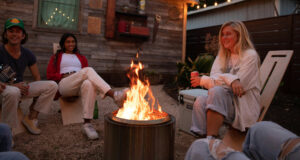5 things cluttering up your garden and how to fix them today
Published on June 18, 2025
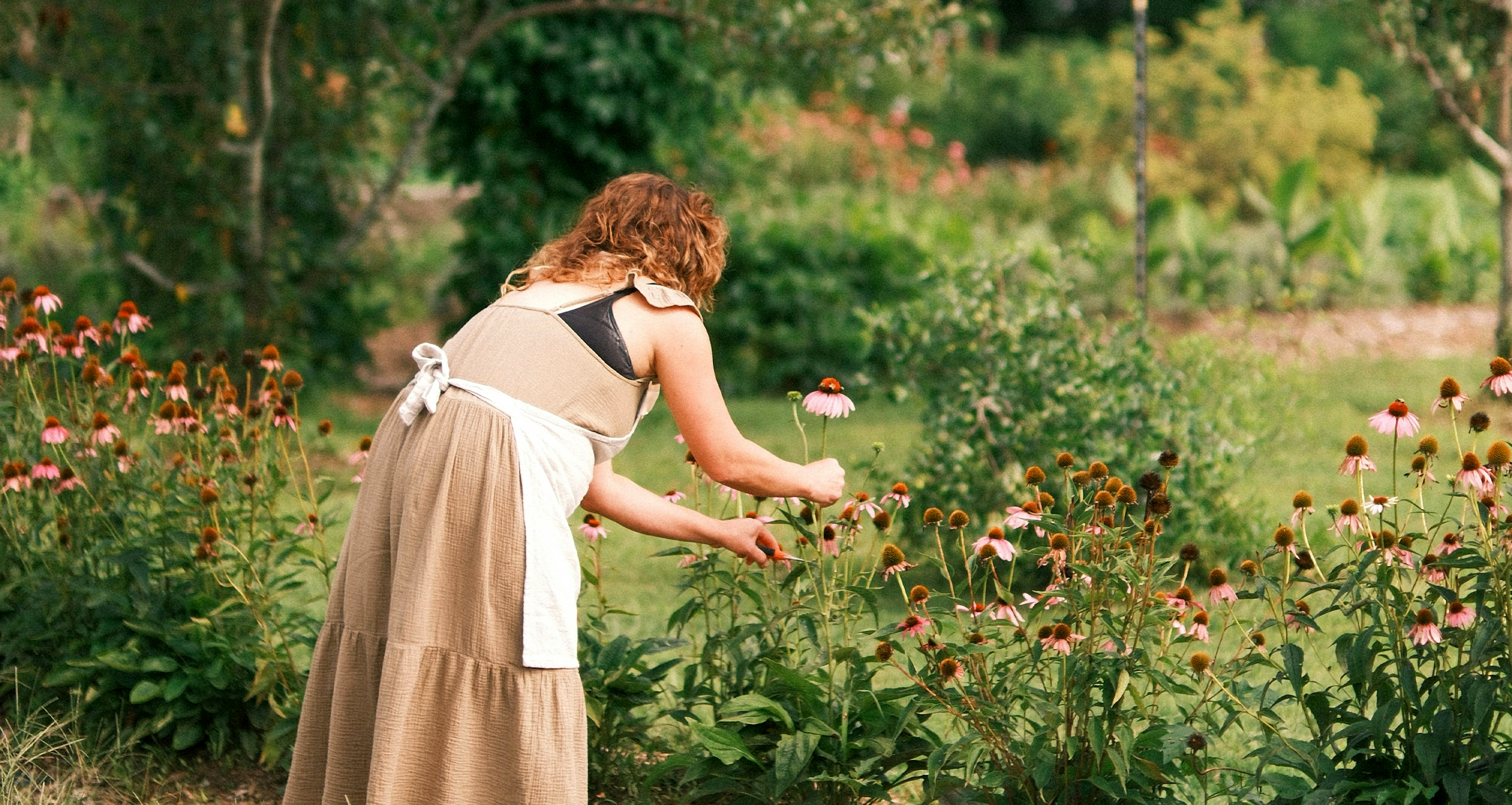
If your garden isn’t giving you joy—or curb appeal—you might not need to add anything. You might need to edit.
From overgrown hostas to rusty lawn gnomes, clutter builds up in our yards slowly and silently. One day it’s charming. Next, it looks like your garden lost a battle with chaos. But here’s the good news: a quick early summer sweep can bring instant polish to your space. This article will help you spot what’s making your yard look tired and give you simple, satisfying ways to clear it out.
Your garden is an extension of your home—and it should feel as intentional, peaceful, and put-together as the rest of your space.
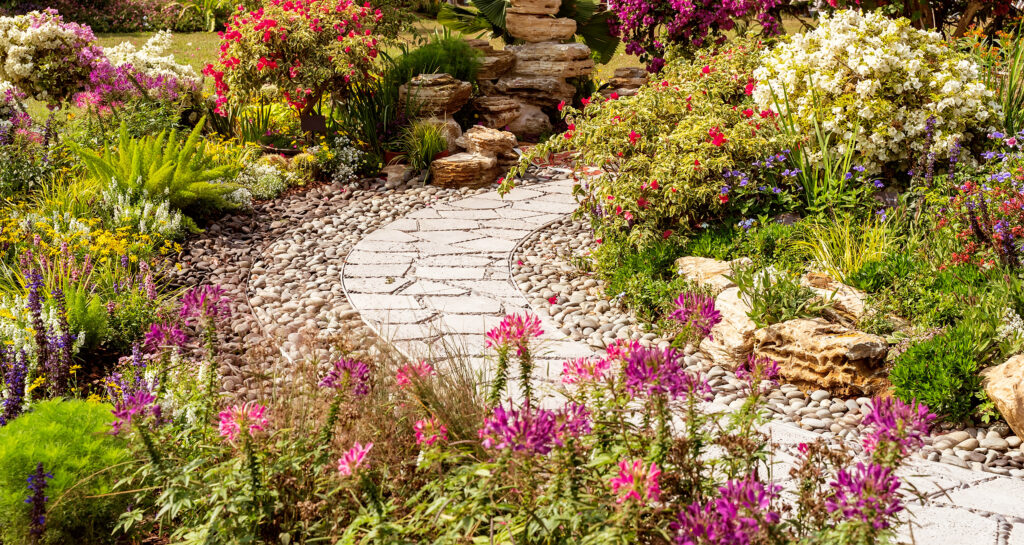
What most gardeners get wrong about clutter
Many homeowners think a lush garden equals lots of plants, lots of décor, and a “natural” look. But clutter isn’t always junk. It’s often just too much—too many overgrown perennials, too many tchotchkes, or too many “temporary” fixes that became permanent.
A professional-looking garden isn’t about perfection. It’s about focus and flow. And sometimes, less is more.
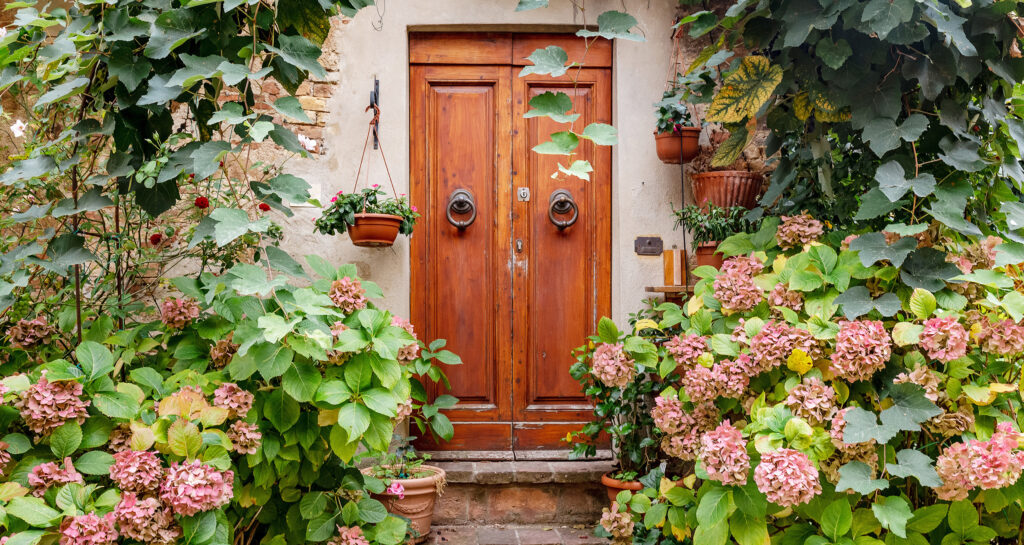
5 things cluttering up your garden
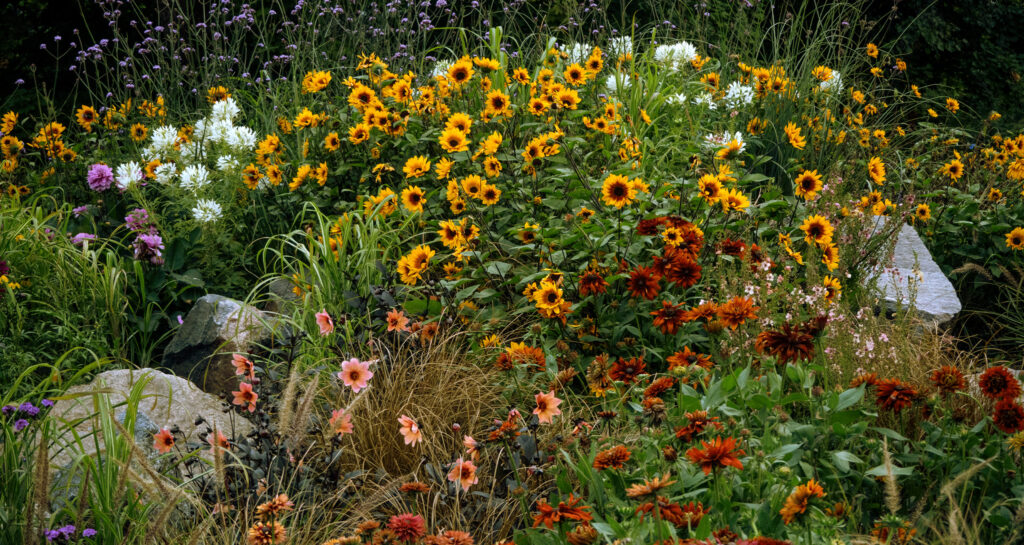
1. Overgrown perennial clumps: When too much of a good thing becomes a mess
That patch of daylilies that once added a nice pop of color? Now it’s a tangled mess swallowing up everything around it. Hostas, irises, black-eyed Susans—perennials tend to multiply, and before you know it, they’re overcrowding each other, shading out new growth, and making your yard feel heavy and shapeless.
What to do: Dig up and divide large clumps in early summer or late fall. Share extra plants with neighbors or compost them. You’ll be amazed how much more polished your garden looks with a bit of breathing room.
Replace with: Mulch to define space or low-growing fill-ins like sedum or lamb’s ear. This creates contrast and calm.
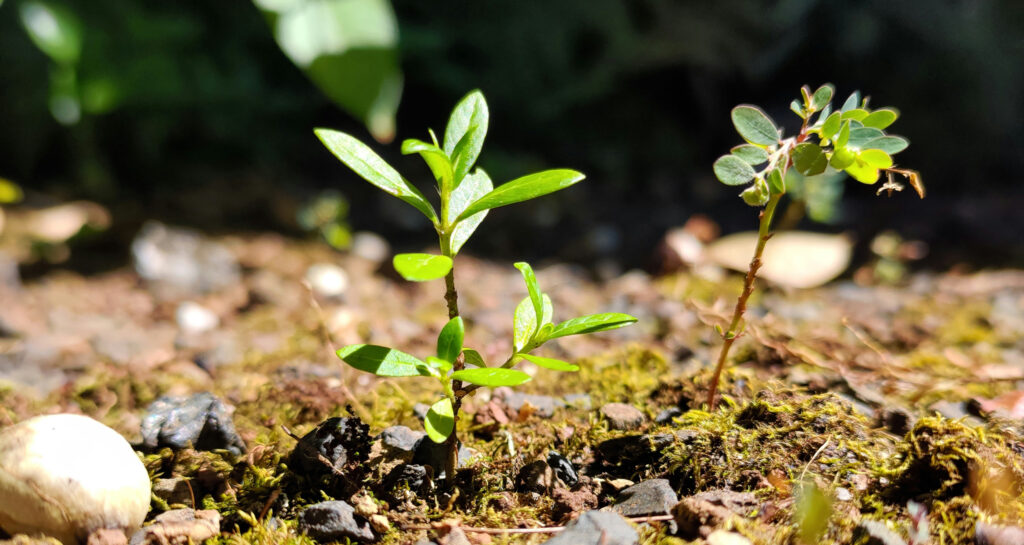
2. Weeds and volunteer saplings: The silent takeover that makes your garden look abandoned
A maple seedling here, some bindweed there… weeds love to hide behind “natural charm.” But if they’re spreading unchecked, they’re competing for nutrients, attracting pests, and giving your yard a neglected vibe.
What to do: After rain, pull weeds by hand or use a long-handled weeder for taproots. Spot-treat persistent areas with a targeted herbicide or natural vinegar spray. Catching them early is key.
Replace with: Dense groundcovers like creeping thyme or sweet woodruff help crowd out weeds, while mulch and edging stop them from spreading.

3. Outdated or excessive lawn ornaments: When “cute” turns into kitsch
We’ve all been there—garden gnomes, sun-faded pinwheels, maybe a metal rooster or two. A few pieces can be whimsical. But once every corner has a tchotchke, your garden starts to feel more like a rummage sale.
What to do: Keep only 1–2 high-quality, weather-safe focal points that suit your home’s style. Donate, recycle, or toss the rest.
Replace with: A single eye-catching piece like a birdbath, sundial, or stone bench. Let plants—not clutter—do the talking.
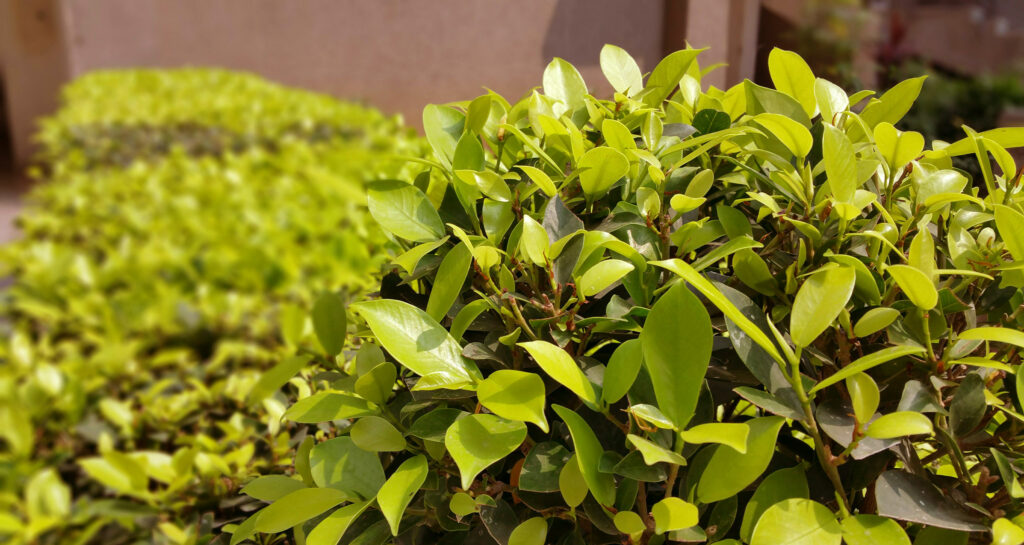
4. Struggling or misplaced shrubs: If it’s not thriving, it’s taking up space
Shrubs often get planted with the best intentions—privacy, texture, year-round greenery. But when they grow leggy, half-bare, or block windows, they stop adding value and start dragging the whole garden down.
What to do: Prune severely or dig up entirely if it’s unhealthy or in the wrong spot. Don’t be afraid to start fresh—shrubs are not permanent fixtures.
Replace with: Dwarf or native varieties that suit your yard’s light and soil. Think: compact hydrangeas, ninebark, or serviceberry for year-round interest with less fuss.
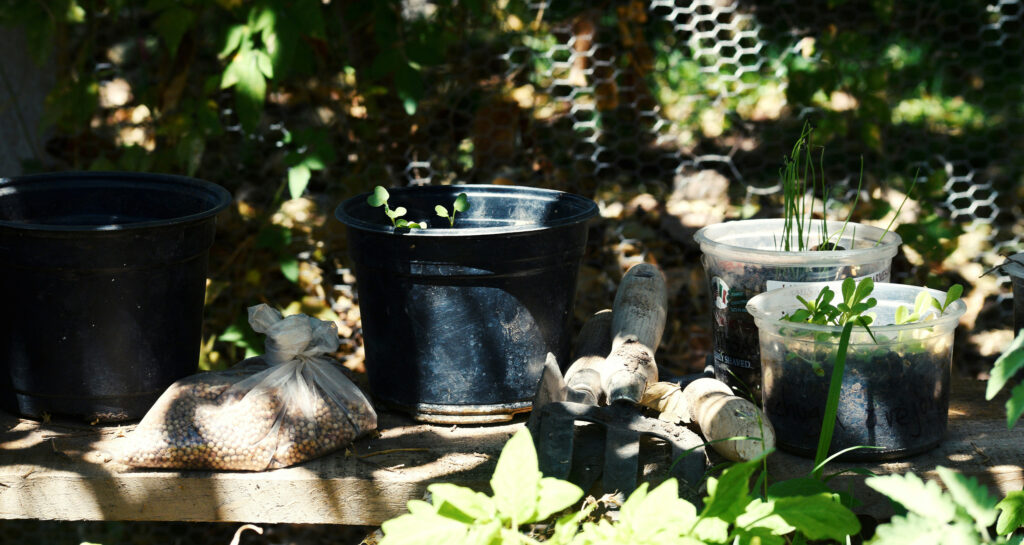
5. Empty containers and random garden tools: Clutter isn’t just in the soil—it’s what’s sitting on it
An empty pot on the porch. A leaning rake near the shed. A broken tomato cage still standing in a raised bed. These may seem small, but visually they add up—especially when they sit out for weeks on end.
What to do: Store unused tools and cages out of sight. Consolidate and tidy your potting area. Toss cracked containers or broken stakes.
Replace with: Just a few intentional seasonal containers, grouped in odd numbers for visual impact. Store the rest or fill with flowers or herbs.
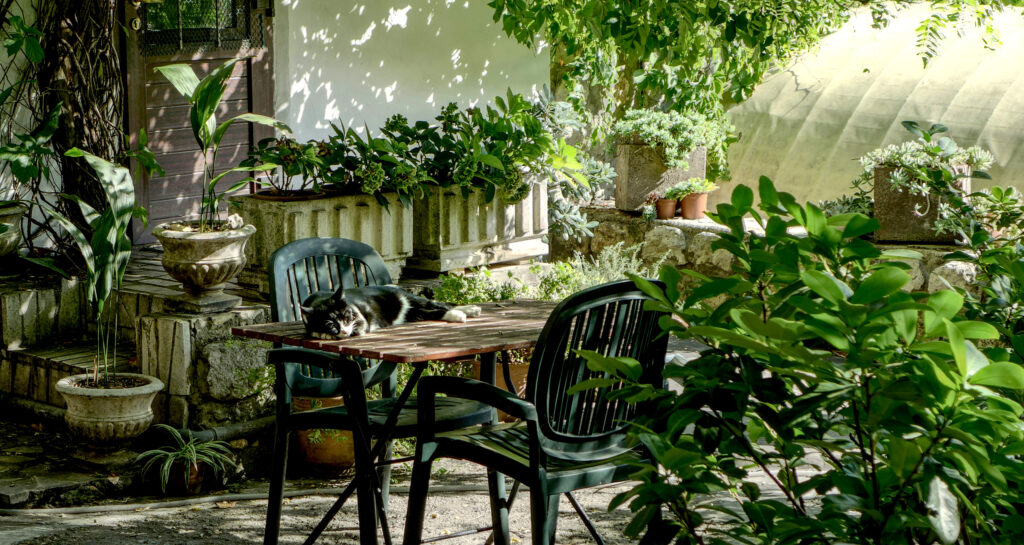
How a little cleanup can change your whole yard
Once you clear out the visual clutter, your garden immediately looks bigger, brighter, and more intentional. The healthiest plants get a chance to shine. Your favorite features—like a flagstone path or flower border—become visible again.
You’ll also spend less time maintaining and more time enjoying your space. No more weeding around rusty wire cages or trimming back dying shrubs. And let’s be honest—your neighbors will notice.
This kind of thoughtful editing gives your yard that “pro landscaper” look without the price tag.
Remember: If it looks overgrown, outdated, or out of place, it’s probably time to say goodbye.
Ready to get started? Recommended next steps:
- Walk your yard with a trash bag and a garden trowel—remove what obviously doesn’t belong
- Make a short list of 1–2 areas to declutter each weekend
- Reward yourself with one fresh potted plant or garden upgrade only after each cleanout
Enjoyed this article?
Try How to homestead without a homestead for more inspiration from Refine!



